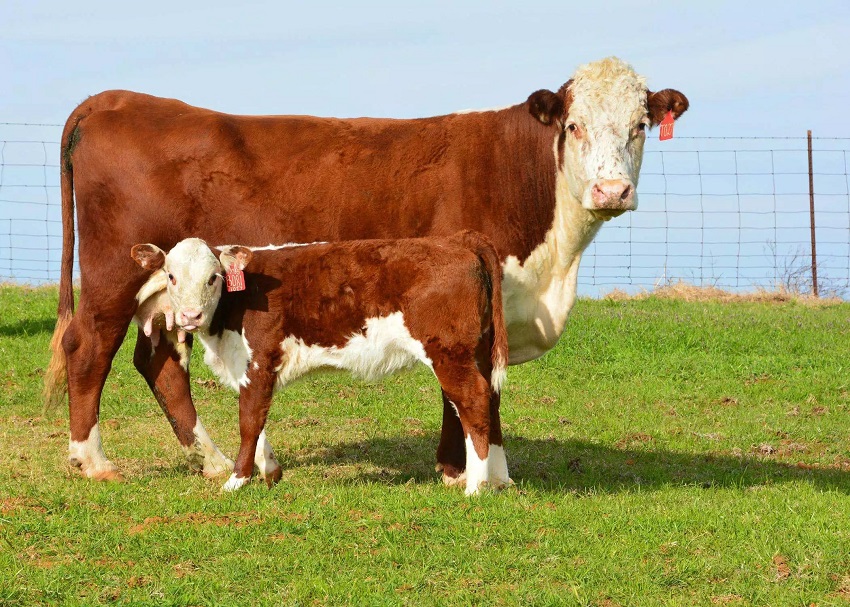The nutrition of cows is an important factor affecting the fertility of cows. The cows should be raised scientifically, and the nutritional structure and feed supply should be adjusted in time according to different pregnancy periods. The amount of nutrients required for each period is different, not high nutrition is enough, but suitable for this stage. Inappropriate nutrition will cause reproductive obstacles in the cows. Too high or too low nutritional levels will reduce the libido of the cows and make mating difficulties. Excessive nutrient levels can lead to excessive obesity of cows, increase embryo mortality, and reduce calf survival rates. Cows in the first estrus need to be supplemented with protein, vitamins and minerals. Cows before and after puberty need high-quality green fodder or pasture. It is necessary to strengthen the feeding and management of the cows, improve the nutritional level of the cows, and maintain proper body condition to ensure that the cows are in normal estrus. The birth weight is small, the growth is slow, and the disease resistance is poor.
The main points in breeding cow feeding:
1. Breeding cows must maintain a good body condition, neither too thin nor too fat. For those who are too lean, they should be supplemented with concentrate and sufficient energy feed. Corn can be properly supplemented and the cows should be prevented at the same time. Too fat. Excessive obesity can lead to ovarian steatosis in cows and affect follicular maturation and ovulation.
2. Pay attention to supplementing calcium and phosphorus. The ratio of calcium to phosphorus can be supplemented by adding dibasic calcium phosphate, wheat bran or premix to the feed.
3. When corn and corn cob are used as the main feed, energy can be satisfied, but the crude protein, calcium, and phosphorus are slightly insufficient, so attention should be paid to supplement. The main source of crude protein is various cakes (meal), such as soybean cake (meal) , Sunflower cakes, etc.
4. The fat condition of the cow is the best with 80% fat. The minimum should be above 60% fat. Cows with 50% fat are rarely in heat.
5. The weight of pregnant cows should increase moderately to reserve nutrients for lactation.
6. The daily feed requirement of pregnant cows: Lean cows account for 2.25% of body weight, medium 2.0%, good body condition 1.75%, and increase energy by 50% during lactation.
7. The overall weight gain of pregnant cows is about 50 kg. Attention should be paid to feeding during the last 30 days of pregnancy.
8. The energy requirement of lactating cows is 5% higher than that of pregnant cows, and the requirements of protein, calcium and phosphorus are twice as high.
9. The nutritional status of cows 70 days after delivery is the most important for calves.
10. Within two weeks after the cow gives birth: add warm bran soup and brown sugar water to prevent the uterus from falling off. Cows must ensure adequate clean drinking water after delivery.
11. Within three weeks after the cows give birth: the milk production rises, add concentrate, about 10Kg of dry matter per day, preferably high-quality roughage and green fodder.
12. Within three months after delivery: The milk production drops and the cow becomes pregnant again. At this time, the concentrate can be reduced appropriately.
Post time: Aug-20-2021


.png)
.png)
.png)
.png)